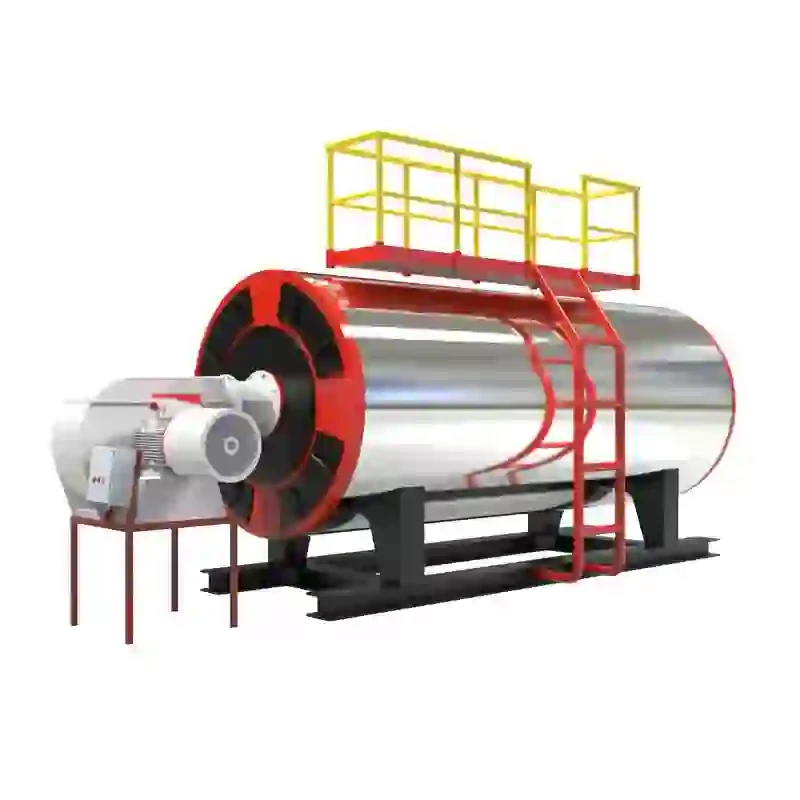
Oct . 21, 2024 09:57 Back to list
Different Types of Steam Generated in Boiler Systems and Their Applications
Types of Steam in Boilers
Steam is a vital element in many industrial processes, serving as a medium for transferring heat and energy. In the realm of boilers, steam can be classified into various types based on its characteristics and applications. Understanding these types of steam is crucial not only for optimizing boiler performance but also for enhancing energy efficiency and ensuring safety in operations. This article explores the main types of steam produced in boilers, their properties, and their respective uses.
1. Saturated Steam
Saturated steam is perhaps the most commonly produced type of steam in boilers. It refers to steam that is in equilibrium with water at a specific temperature and pressure. At this state, any addition of heat will convert water into steam without changing the temperature or pressure. Saturated steam is widely used in heating applications, such as in packaging processes and various heating systems, due to its ability to transfer energy efficiently and effectively.
Saturated steam can further be divided into two categories saturated dry steam and saturated wet steam. Saturated dry steam contains no water droplets, ensuring that all the energy is available for industrial processes. In contrast, saturated wet steam contains some level of moisture, which can affect efficiency and performance in sensitive applications.
Superheated steam is generated when saturated steam is heated further at constant pressure, raising its temperature above its boiling point. This type of steam is devoid of any water content, making it extremely dry and very useful for applications that require high temperatures. Superheated steam is commonly utilized in power generation and turbine operations, where it can improve efficiency and increase the output of thermal cycles.
The advantages of superheated steam include higher thermal efficiency, reduced risk of turbine blade corrosion, and the ability to carry more energy. However, it is important to monitor and control superheating temperatures to avoid any undue stress on equipment and to maintain safety.
types of steam in boiler

3. Flash Steam
Flash steam is a unique type of steam produced from hot condensate. When condensate is released from a high-pressure system into a lower-pressure environment, a portion of the liquid rapidly vaporizes, creating flash steam. This phenomenon occurs when water that has been heated to a temperature above its saturation point at a given pressure is suddenly allowed to expand.
Flash steam recovery systems can significantly enhance energy efficiency by utilizing this steam to preheat feedwater or for other heating purposes, thereby minimizing waste and maximizing resource utilization. Its quick generation makes it valuable for applications that require immediate steam supply.
4. Engineered Steam
In some advanced applications, engineered steam is produced specifically with control mechanisms in place to achieve desired properties for particular tasks. This involves intricate controls over pressure, temperature, and moisture content, allowing engineers to tailor steam characteristics according to process requirements. Engineered steam can provide precise energy delivery for applications like sterilization processes in hospitals or clean steam generation for pharmaceutical uses.
Conclusion
In summary, the different types of steam produced in boilers—saturated steam, superheated steam, flash steam, and engineered steam—each have unique characteristics and applications that cater to diverse industrial needs. Understanding these distinctions is essential for optimizing boiler performance and maximizing efficiency across various processes. As industries continue to evolve, advances in boiler technology and steam generation will undoubtedly further enhance the capabilities of steam systems, bolstering productivity and sustainability in energy utilization. By leveraging the right type of steam for specific applications, industries can ensure effective operations while minimizing waste and maximizing benefits.
-
High-Efficiency Commercial Oil Fired Steam Boiler for Industry
NewsJul.30,2025
-
High-Efficiency Biomass Fired Thermal Oil Boiler Solutions
NewsJul.30,2025
-
High Efficiency Gas Fired Thermal Oil Boiler for Industrial Heating
NewsJul.29,2025
-
High-Efficiency Gas Fired Hot Water Boiler for Sale – Reliable & Affordable
NewsJul.29,2025
-
High Efficiency Biomass Fired Hot Water Boiler for Industrial and Commercial Use
NewsJul.29,2025
-
High-Efficiency Biomass Fired Hot Water Boiler for Industrial Use
NewsJul.28,2025
Related PRODUCTS






















